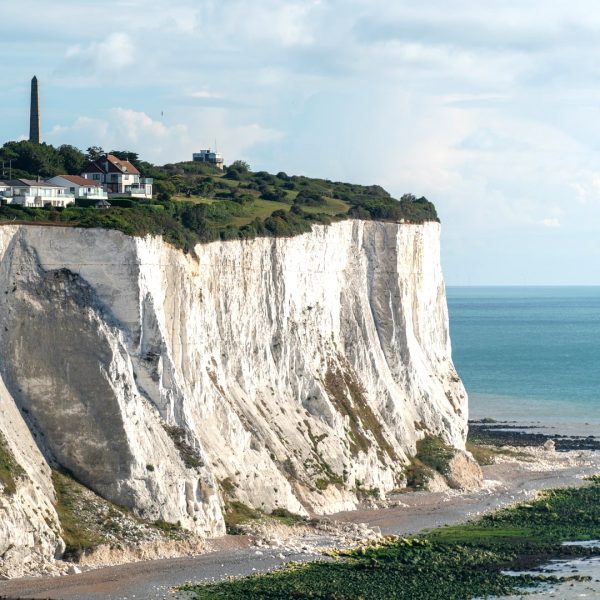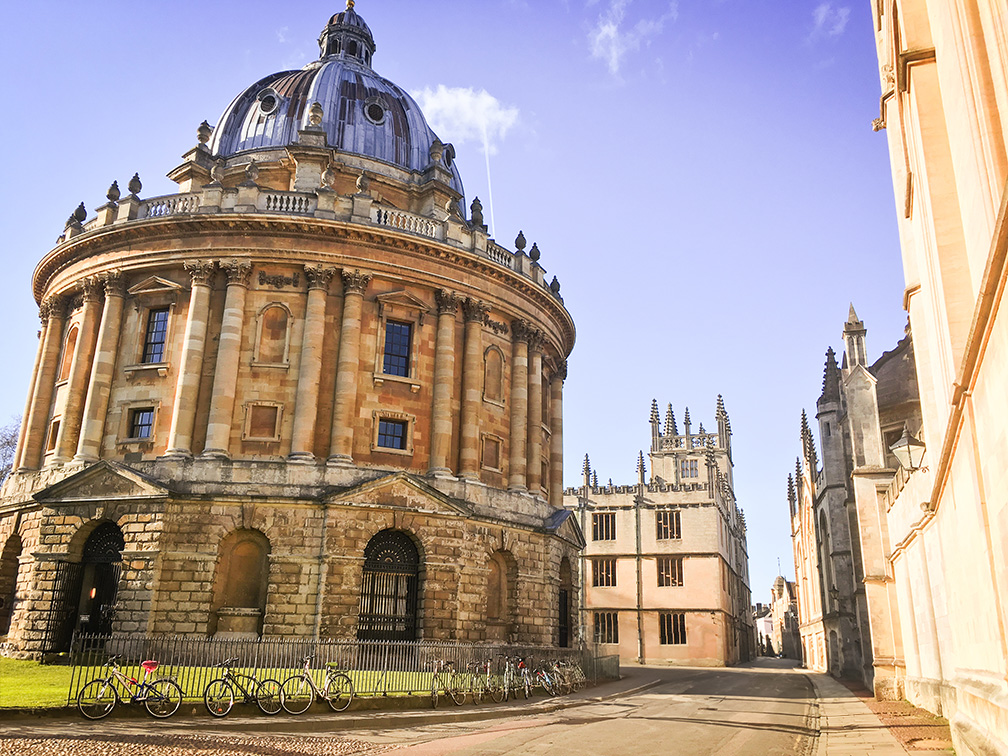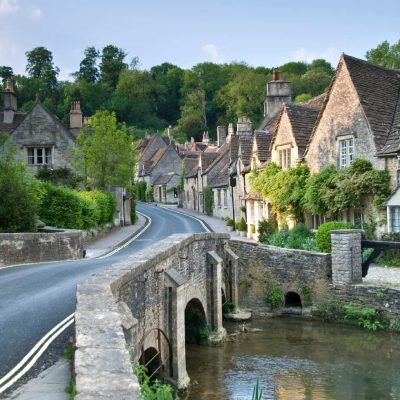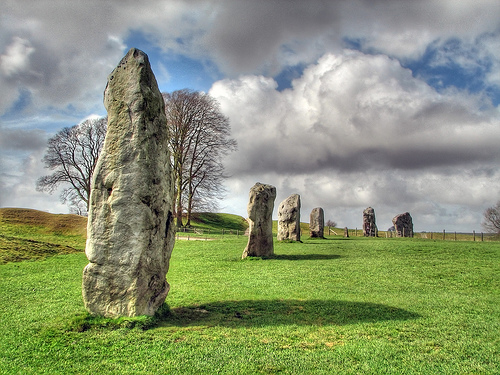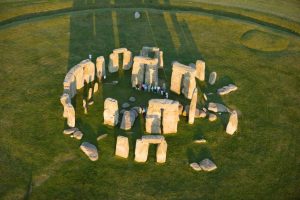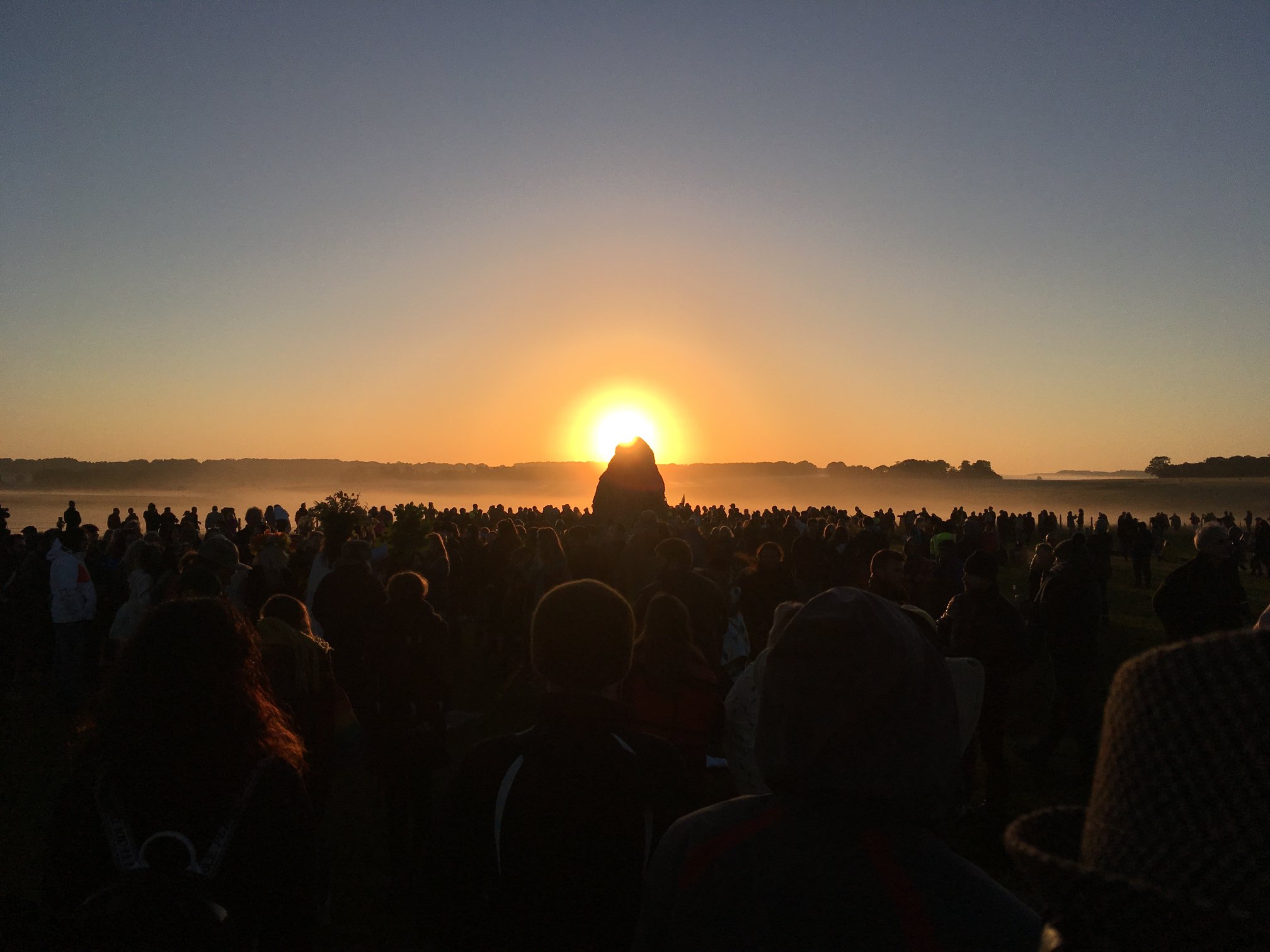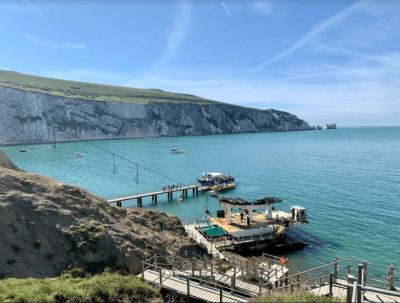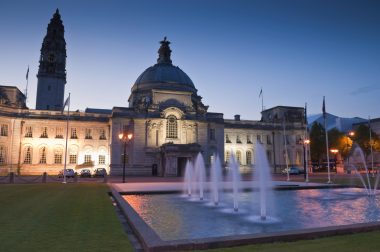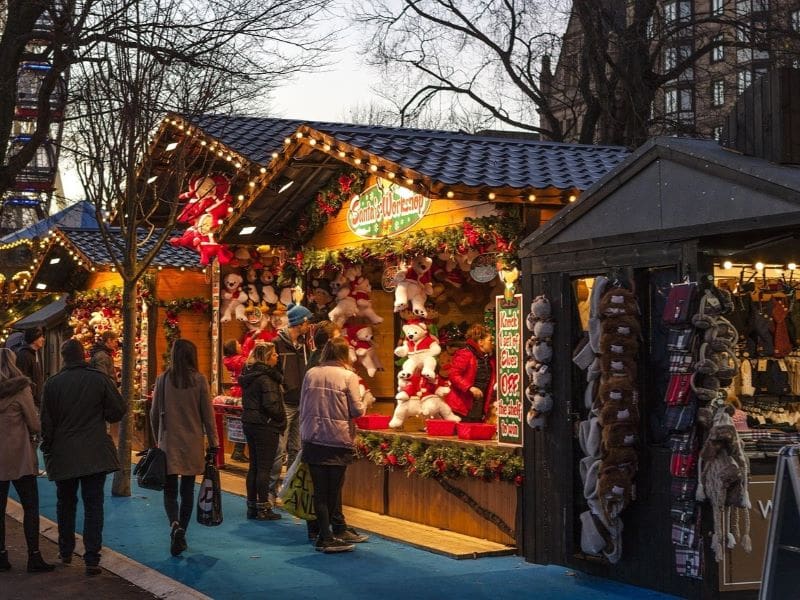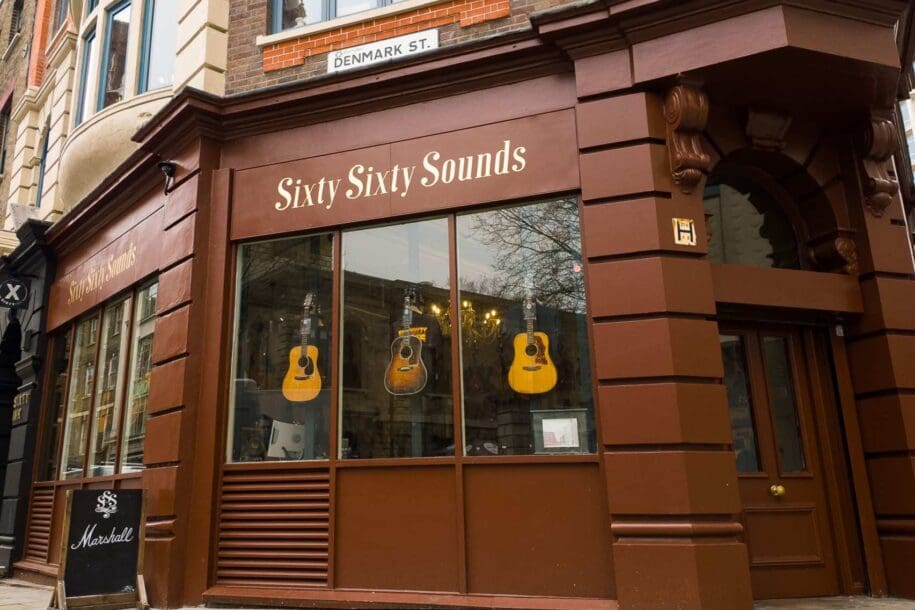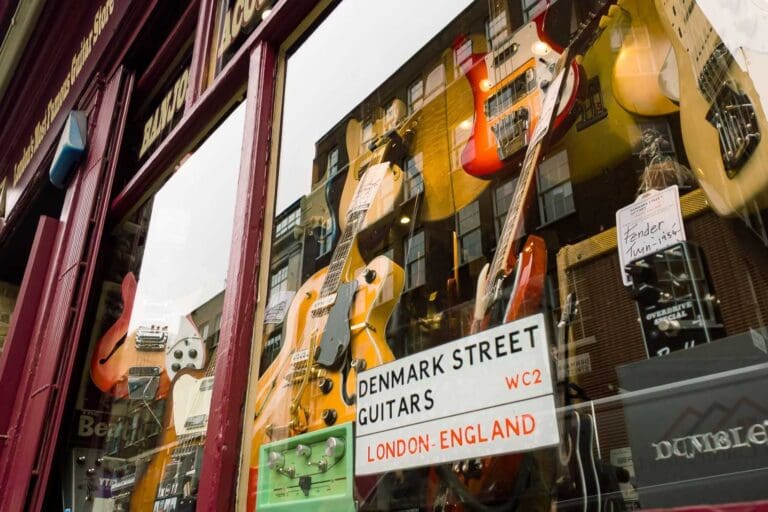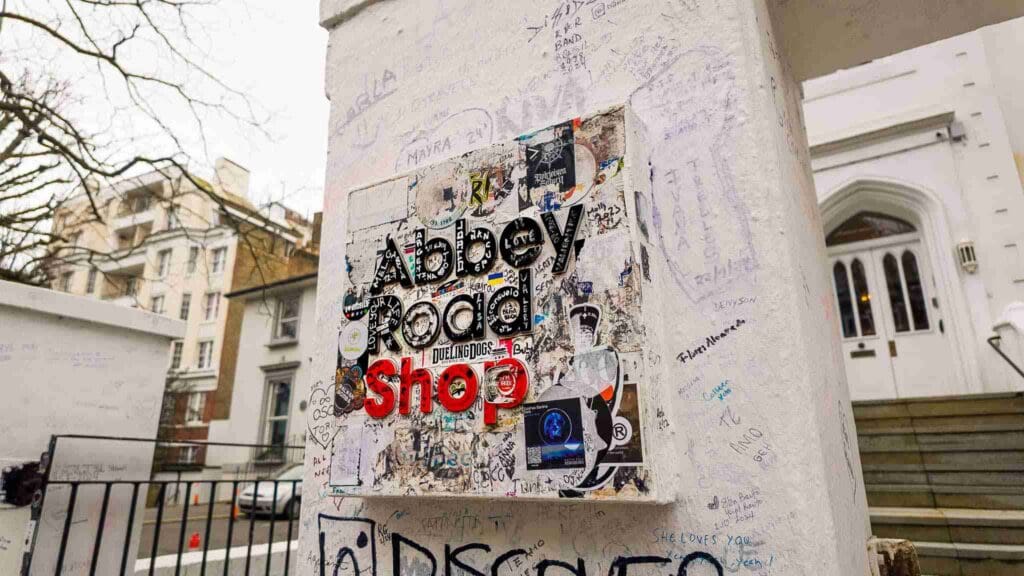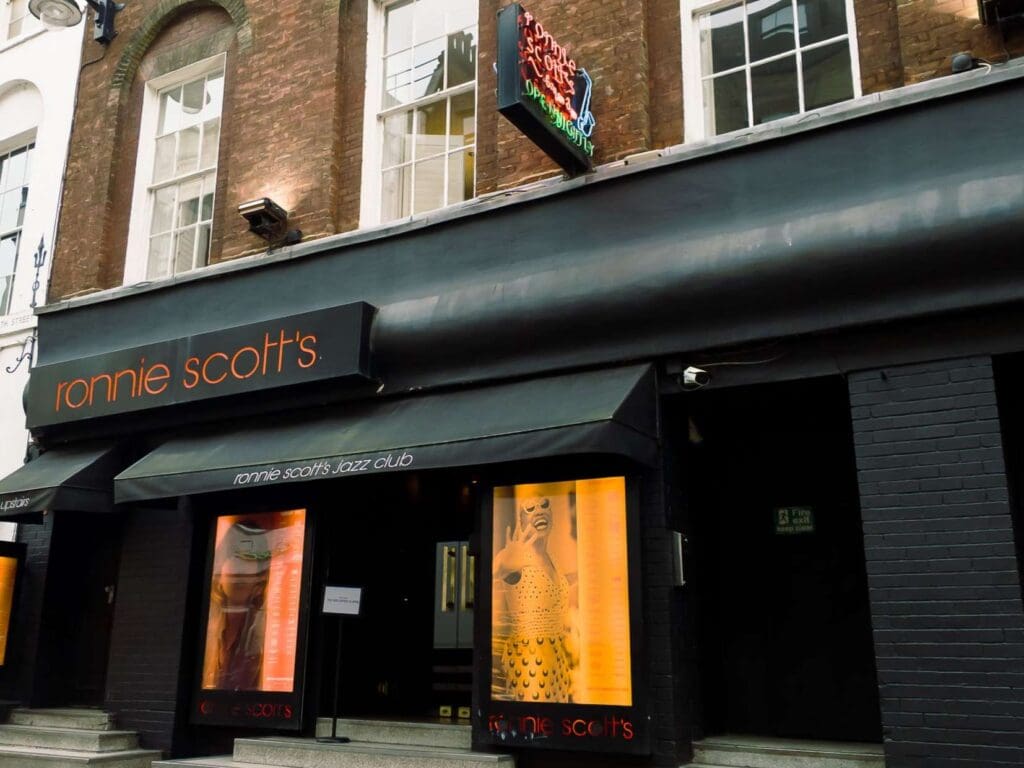A Rock 'n' Roll Pilgrimage
Within the hustle and bustle of London, amid its lively scene is its famous musical history. From the Fab Four’s groundbreaking tunes to David Bowie’s dramatic rock songs, the city’s streets have echoed with the sounds of some of music’s biggest stars. The famous studios are at the centre of this history – special places where musical ideas grew into famous albums that still excite audiences worldwide. You can be sure, that some people on public transport may be nodding their heads to “One Love” by the Late Bob Marley. Join us on a tour of history.
London's Music Studios Where Legends Were Birthed
Island Studios: Birthplace of Reggae Royalty and Led Zeppelin’s Powerhouse
Within West London, Island Studios holds a special place in the city’s musical history! Founded in 1959, it became a haven for artists seeking to capture the raw energy of their sound. In 1970, Bob Marley and the Wailers entered its doors, igniting the world with their reggae masterpiece “Catch a Fire,” a landmark recording that propelled the genre onto the global stage. The studio wasn’t just a recording space; it was a breeding ground for collaboration, as evidenced by Led Zeppelin recording their legendary fourth album within its walls the same year, solidifying their place as rock and roll royalty.
Abbey Road Studios: A Walk with The Beatles and Beyond
Not far from Island Studios, stands another historic and household name, a musical legacy! Abbey Road Studios. Established in 1931, it has witnessed the birth of many musical masterpieces. However, it is perhaps most associated with The Beatles. Their iconic zebra crossing walk, immortalized on the cover of their 1969 album “Abbey Road,” is an image forever etched in the minds of music fans worldwide. But Abbey Road’s significance goes beyond The Fab Four. From the soulful sounds of Pink Floyd’s “Dark Side of the Moon” to the anthemic melodies of Radiohead’s “The Bends,” the studio has played host to a range of artists, leaving their mark within its four walls. Notably, the studio boasts a rich history in classical music recording, having hosted legendary orchestras like the London Symphony Orchestra and the Philharmonia Orchestra.
Subscribe!
Get regular updates and discount codes to share with travel mates.
Trident Studios: Pioneering the Soundscape for The Who and Rolling Stones
Established in 1968, Trident Studios quickly gained a reputation for its innovative recording techniques and distinctive sound. The studio’s early success can be attributed to its association with some of rock and roll’s biggest names, including The Who, The Rolling Stones, and Queen. Their innovative use of multi-tracking and overdubbing techniques allowed bands to experiment and create layered soundscapes, shaping the sonic landscape of rock music in the late 60s and early 70s. Notably, The Who’s iconic single “Baba O’Riley” was recorded at Trident Studios, featuring the studio’s signature synthesizer sounds.
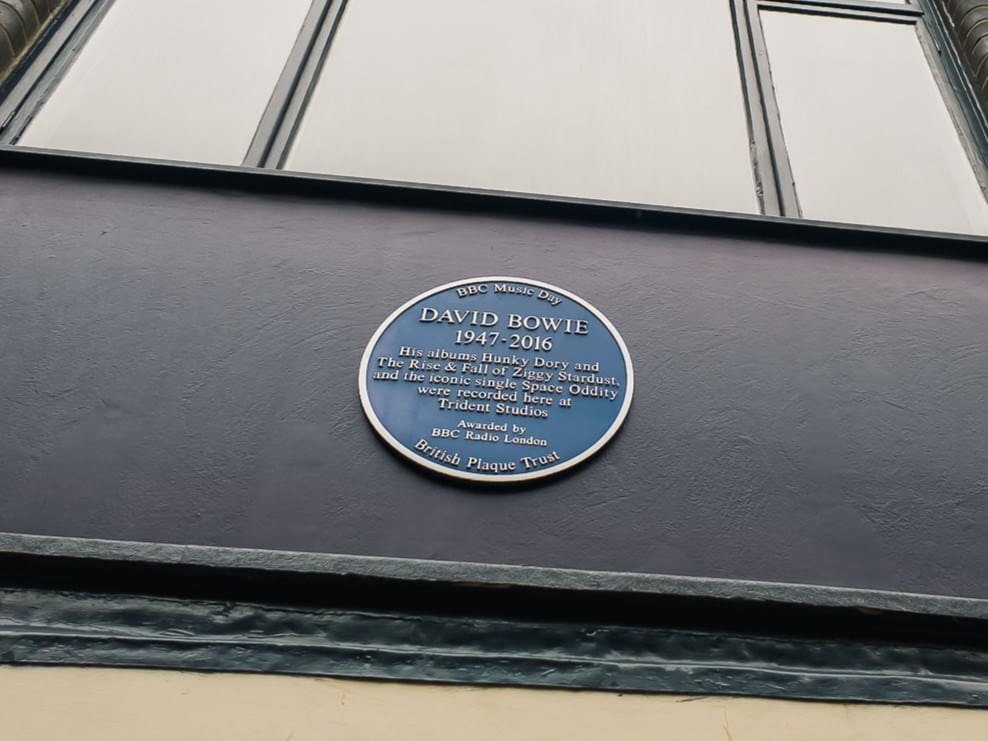
Olympic Studios: From Classical to Bowie's Ziggy Stardust and Hendrix's Electrifying Riffs:
Founded in 1968, Olympic Studios initially focused on recording classical music and film scores. However, it soon transitioned into the realm of popular music, hosting legendary artists like Jimi Hendrix, David Bowie, and The Rolling Stones.
Olympic Studios played a pivotal role in shaping David Bowie’s career, serving as the recording space for his groundbreaking albums “Hunky Dory” and “The Rise and Fall of Ziggy Stardust and the Spiders from Mars.” The studio’s unique acoustics and spacious environment allowed Bowie and his band to experiment with their sound, creating the theatrical and layered sonic experience that became his trademark. Jimi Hendrix, another musical icon, also graced these halls, leaving his mark on the music world with his electrifying guitar work.
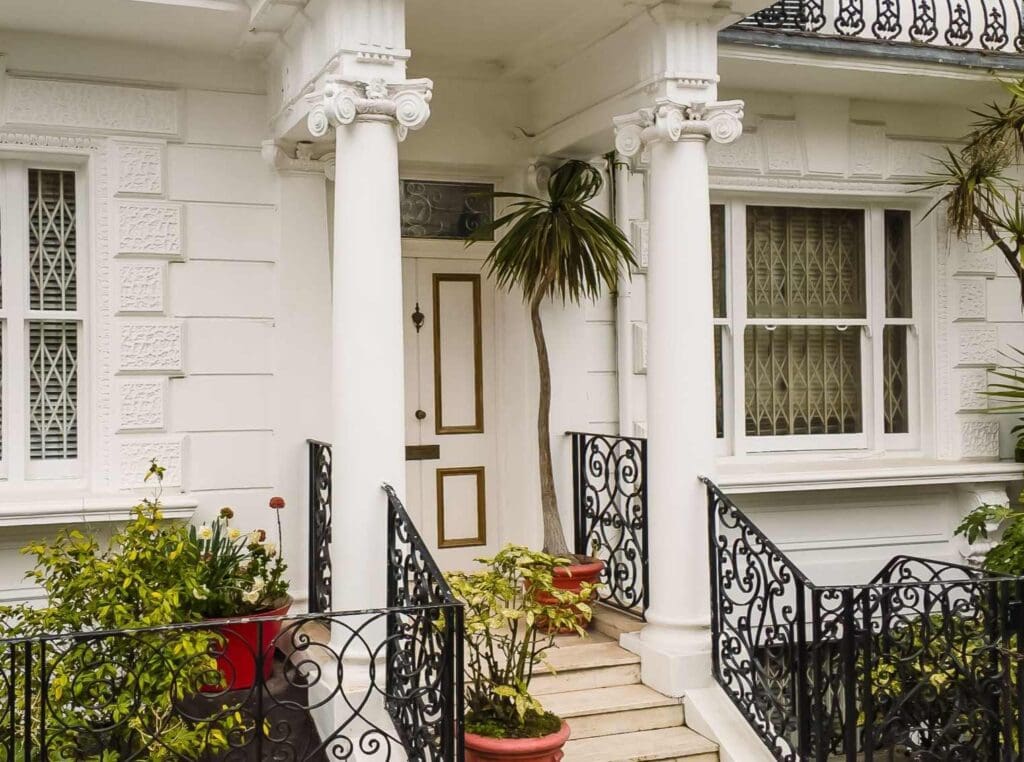
Beyond the Walls: A City Steeped in Musical Heritage
London’s music studios aren’t confined to their physical spaces only. Much of the history, culture and fame is built into the fabric of the city, echoing through its streets and landmarks.
A Living Legacy: Handel House and the Echoes of the Past
A visit to Handel House, the former residence of the renowned composer George Frideric Handel, allows one to step back in time and experience the creative environment that birthed some of the most significant works of the Baroque era. The house, now a museum, offers visitors a glimpse into Handel’s life and work, showcasing the instruments he used and the rooms where his musical masterpieces were composed. Visitors can even attend concerts held in the house, experiencing the intimate setting in which Handel’s music was originally performed.
Camden Town: A Hub of Punk and Alternative Music
For those seeking the echoes of punk rock, a trip to Camden Town is a must. This vibrant neighbourhood was once a stomping ground for musical rebels, and its streets still hold the spirit of that era. Explore iconic venues like The Dublin Castle, where U2 honed their sound, or the small pub The Good Mixer, which played host to early performances by bands like The Clash and The Jam. Don’t miss the chance to grab a drink at The Hawley Arms, a pub frequented by musicians and artists throughout the decades.
Soho: Where Jazz Lives On
Immerse yourself in the rich history of jazz music with a visit to Soho, a district that has long been a haven for jazz musicians and enthusiasts. Explore iconic venues like Ronnie Scott’s Jazz Club, which has hosted legendary artists like Miles Davis, John Coltrane, and Nina Simone. Explore hidden gems like The Pheasantry, known for its intimate setting and focus on up-and-coming jazz talents.
The Enduring Legacy: London's Studios Today and Tomorrow
London’s legendary studios are not merely historical landmarks; they are living testaments to the city’s enduring love affair with music. These studios continue to inspire and empower new generations of artists, drawing them to the city’s vibrant music scene.
A New Generation Takes the Stage
Today, these legendary studios are still actively used by a diverse range of artists, from established names to up-and-coming talents. Abbey Road Studios continues to be a popular choice for artists across genres, with recent recordings including Adele’s “25” and Ed Sheeran’s “÷.” Meanwhile, Island Studios has embraced its reggae roots while also welcoming contemporary artists during its time like the late Amy Winehouse and The xx.
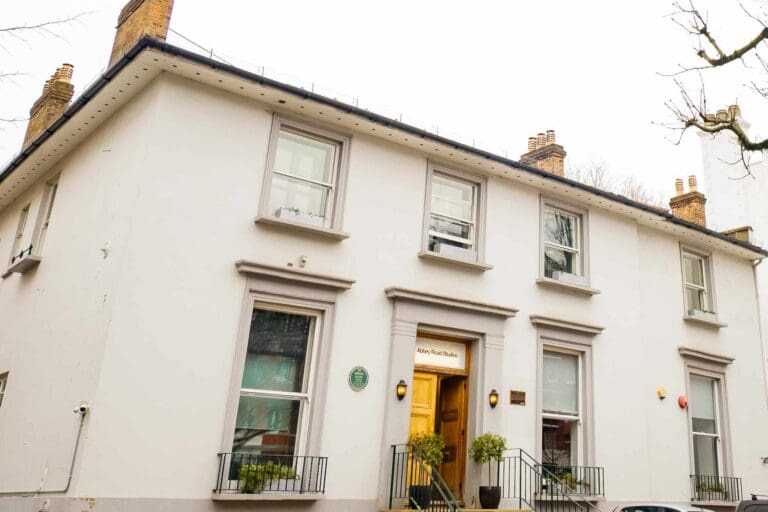
Preserving the Past, Embracing the Future
While these studios carry a rich history, they are not stuck in the past. They continuously adapt to the evolving needs of the music industry, incorporating new technologies and recording techniques while maintaining their unique sonic character. For example, Abbey Road Studios has invested in state-of-the-art equipment and facilities while preserving its iconic vintage recording equipment, allowing artists to choose between classic and contemporary approaches.
Inspiring the Next Chapter
London’s legacy of music extends beyond its legendary studios. From grassroots venues and independent record labels to educational institutions like the British and Irish Institute of Modern Music (BIMM), the city fosters a thriving ecosystem that nurtures upcoming talent. With this continuous support and the continued existence of its legendary studios, London is poised to remain a global music hub for generations to come.
Experience this with our Rock and Roll Tour around London which features Abbey Road. Learn from our tour guide with 20 years of music history. Hear personal stories, relive historical moments of history and be inspired – Book Here.
Day trips from London & Private Group Tours
Join us on popular day trips from London and ditch the travel planning to focus on attractions you want to see. Learn about our Private Group Tours also!
Subscribe!
Get regular updates and discount codes to share with travel mates.


